Friday Photo #533 – Skrei Season
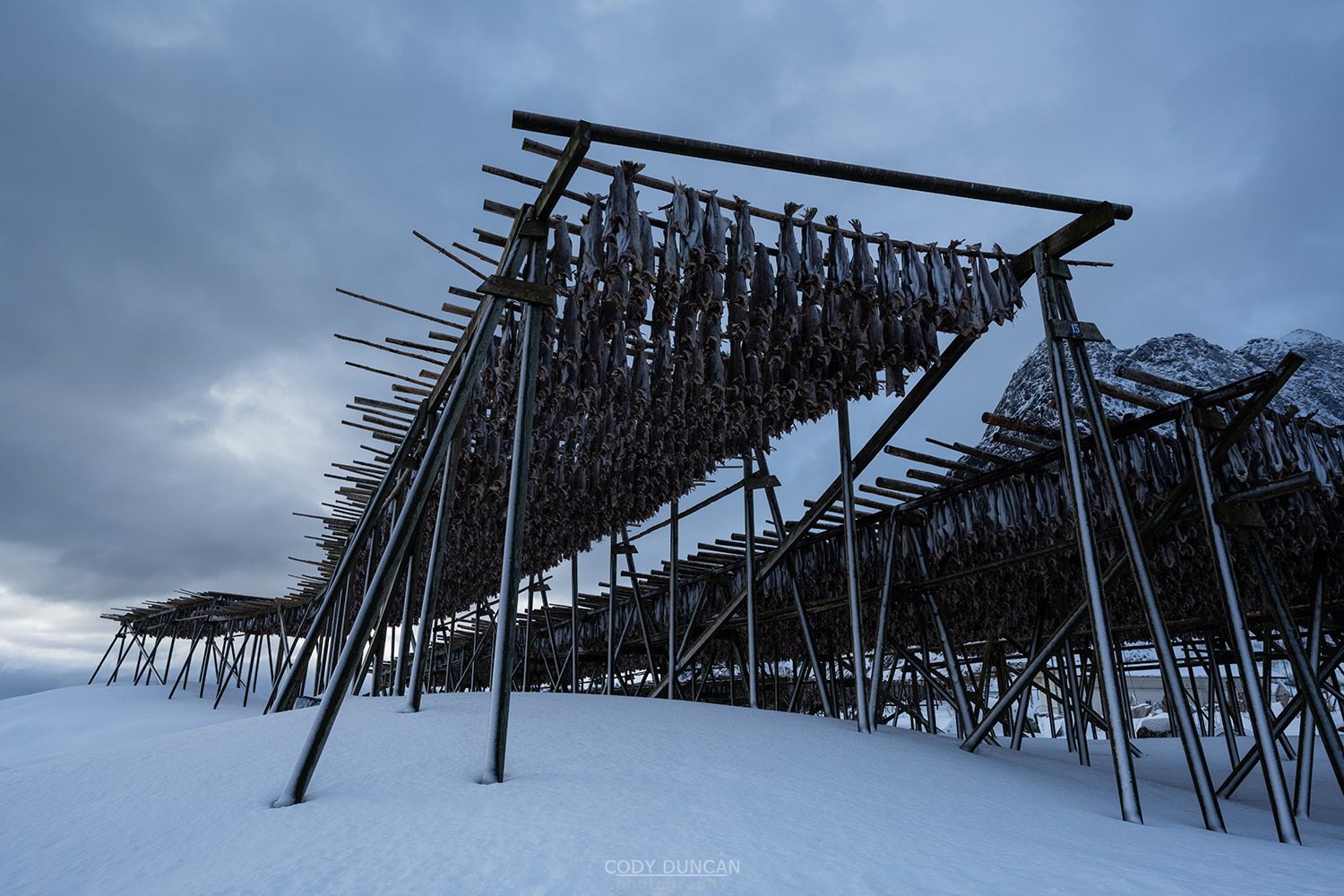
Photo: Arctic Gold – Skrei hang to dry in the cold winter air to become dried stockfish – tørrfisk by early summer, Reine, Lofoten Islands, Norway. March 18, 2023. 09:46
The winter fishing season is well under way in Lofoten. After a windy and stormy January and February, the March seas have calmed and the drying racks are beginning to fill up with skrei. Here the fish will hang to dry in the cold and windy Lofoten air until they are collected in sometime in June to be sent overseas as one of Norway’s oldest commercial exports, dating back hundreds of years.
Having spent a lot of time eating in local restaurants during a busy winter of photo workshops, the various types of cod, skrei, and stockfish – tørrfisk are often on the menus, which often then requires further explanation on my behalf as to what the differences are – as essentially, it is all cod.
Cod – This is ‘normal’ Atlantic cod, genus Gadus. Cod live year round along the Lofoten and Norwegian coastline.
Skrei – Skrei is also Atlantic cod, genus Gadus. But more specifically, it refers to mature cod migrating from the Barents sea to spawn in the Vestfjord and waters around Lofoten from January to April. The life in cold water and long migration make skrei a more delicate and fine tasting fish as compared to the normal year round cod. If you see skrei written anywhere, then it is specifically in reference to the winter migratory cod.
Stockfish – Tørrfisk – Dried stockfish is the end result of the skrei that is caught and hung to dry in the cold and windy winter climate of Lofoten. While much of the skrei caught each winter is exported as fresh/frozen fish, the tradition of drying stockfish still continues to this day, and is also a popular menu item around Lofoten.
All stockfish is hung by hand, after two fish have been tied together in the factory. The winter climate of Lofoten, with temperates averaging around 0˚c and a near constant wind, provide perfect conditions for air drying the skrei. Too cold and with outside of the fish freezes before it can dry and too warm and it become rotten and mouldy. Though like any crop, so years are better than others for stockfish production and quality.
Traditionally, the stockfish was often hung on wooden racks on small rocky outcroppings such as in the above photo. As things have become more mechanised, newer drying racks are built in flatter areas where tractors can drive directly underneath, hoisting buckets of fresh fish for the workers to hang. Such as in the photo below. Even with the help of modern tools, the hanging (and removal) process is still done by hand.
I personally enjoy photographing the more traditional stockfish racks which still remain. They can often have interesting abstract shapes and are a unique part of Lofoten’s history. If you’re out photographing, be careful and observe the freshness of the fish before walking below! Or you might have every cat in the neighborhood trying to break into your cabin in the evening.
Head over to my Instagram account for (almost) daily postings of the local conditions here on Lofoten: @distant.north
Camera Info:
Nikon Z7 II
Nikon 14-30mm f/4
20mm
ISO 100
f 8
1/200 Second
WB Daylight
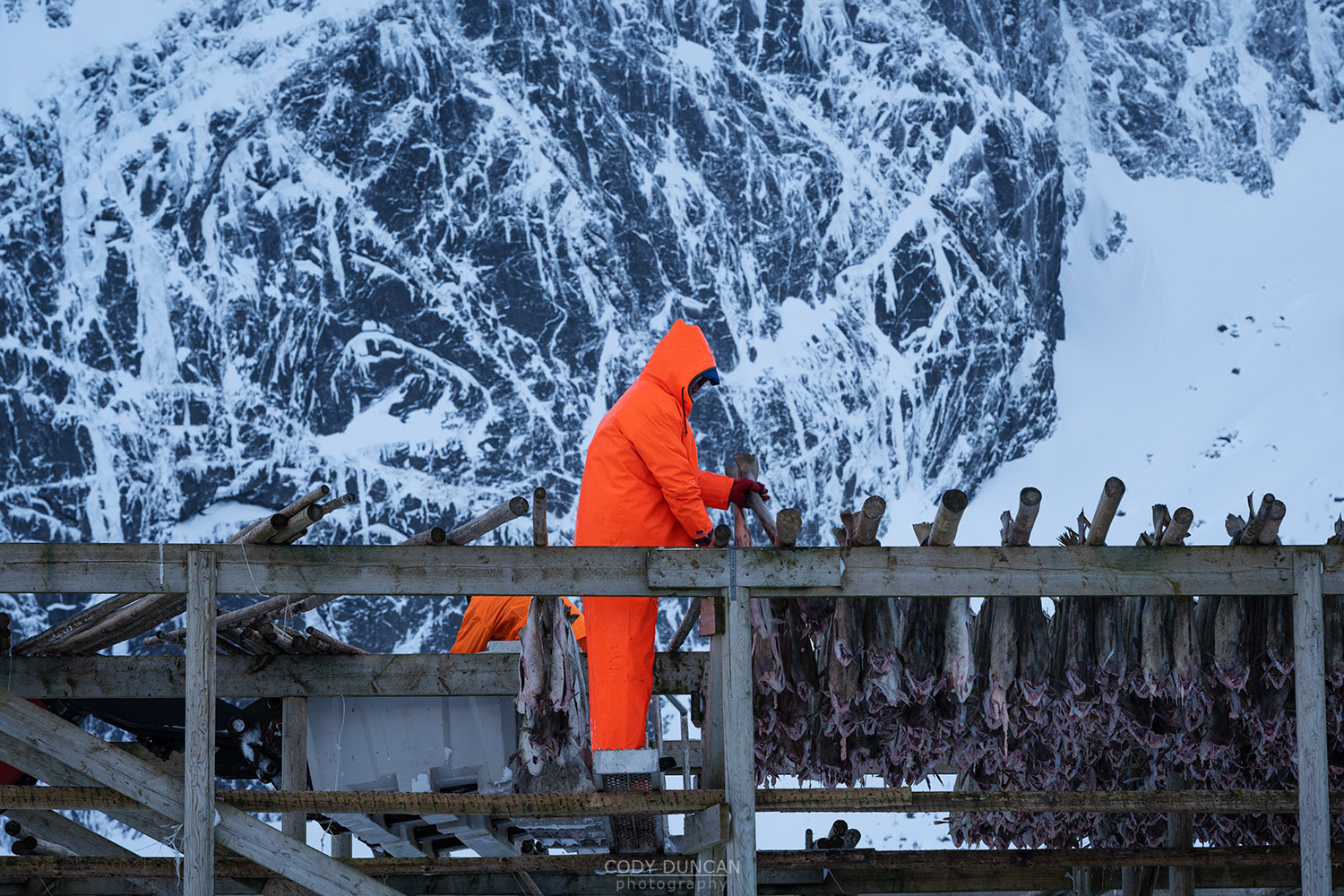

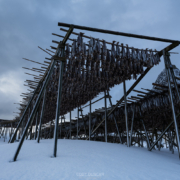
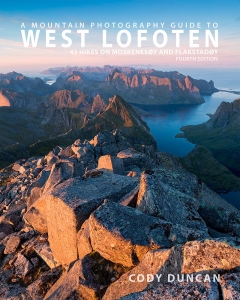
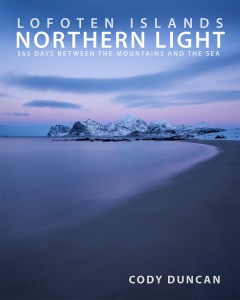


Leave a Reply
Want to join the discussion?Feel free to contribute!